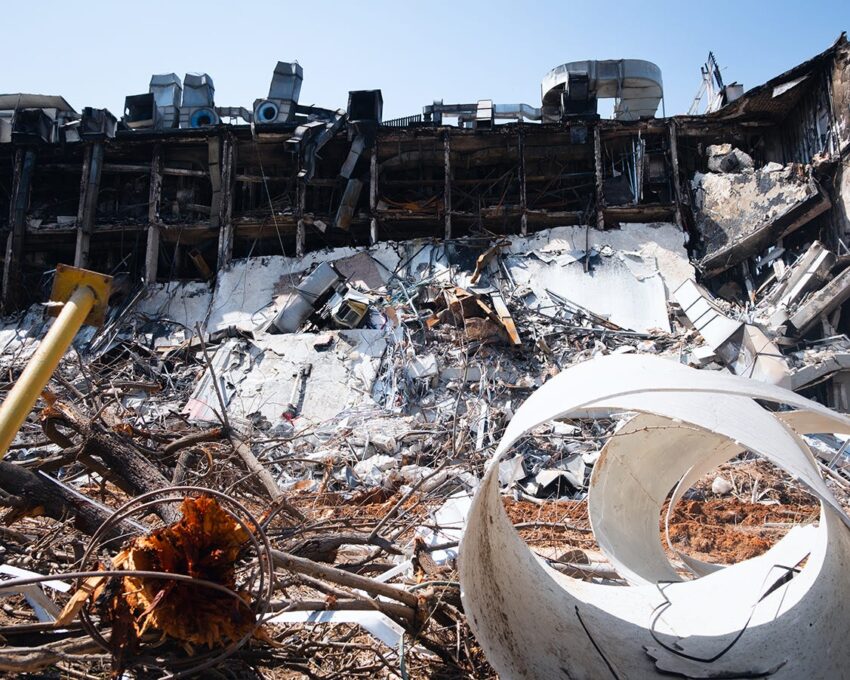REHOVOT, Israel — With the announcement of a ceasefire ending 12 days of war with Iran, Israelis are emerging to pick up the rubble and survey the damage. Though many hundreds of the ballistic missiles fired by Iran were intercepted, dozens weren’t, and these landed in our cities, ripping into high-rises, pancaking floors, and blowing out windows across entire blocks.
Some of what happened can be quantified: Of about 550 ballistic missiles fired at Israelis, 31 seem to have made it through the interceptors. The Israeli dead number at least 28, all but one of them civilians, with more than 3,000 hospitalized for injuries or shock and about 9,000 rendered homeless. These numbers reveal nothing about the Ukrainian girl who was in Israel for cancer treatment when she was killed with her family, or the promising Arab law student killed with her family when a missile hit their home, or the elderly people and teenagers crushed by masonry or killed by the concussion of the Iranian warheads.

Even physical destruction can defy easy assessment, and one strike in particular, at the Weizmann Institute of Science, consumed years of research in a moment—a loss of potential cures and human innovation impossible to tally. This happened on the third day of the Israel-Iran war—Sunday, June 15—when two ballistic missiles fired from Iran traversed more than 1,000 miles and hit the campus of the institute, one of the world’s most prestigious research facilities, just after 3:30 a.m. Each slammed into a building.
Click this link for the original source of this article.
Author: Matti Friedman
This content is courtesy of, and owned and copyrighted by, https://bariweiss.substack.com feed and its author. This content is made available by use of the public RSS feed offered by the host site and is used for educational purposes only. If you are the author or represent the host site and would like this content removed now and in the future, please contact USSANews.com using the email address in the Contact page found in the website menu.







